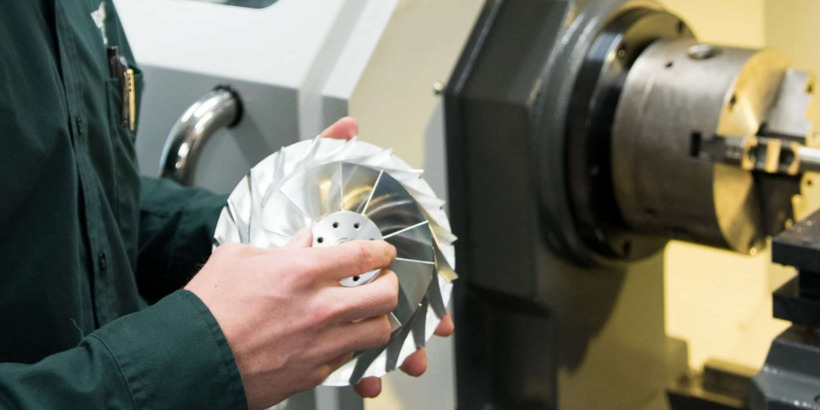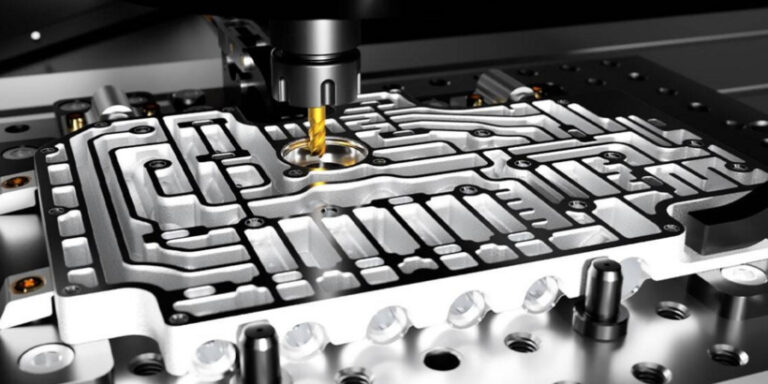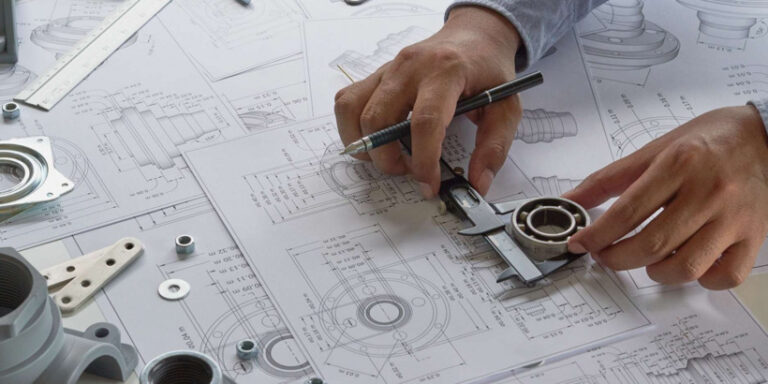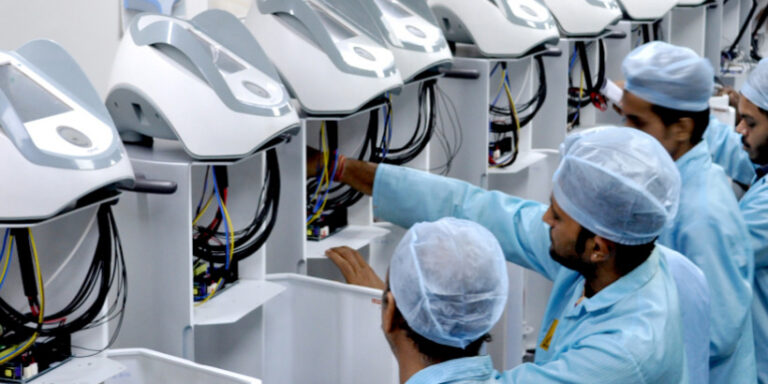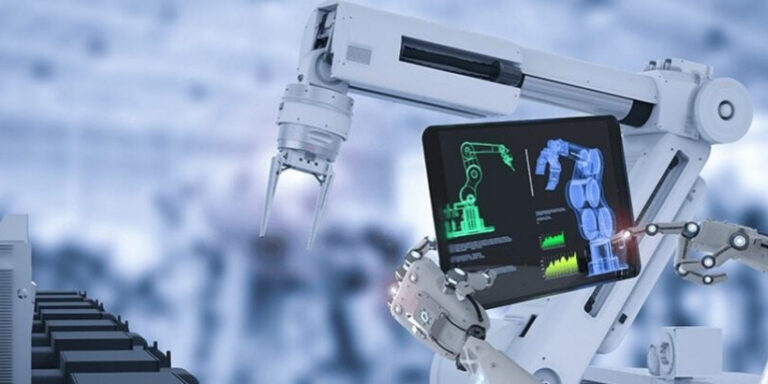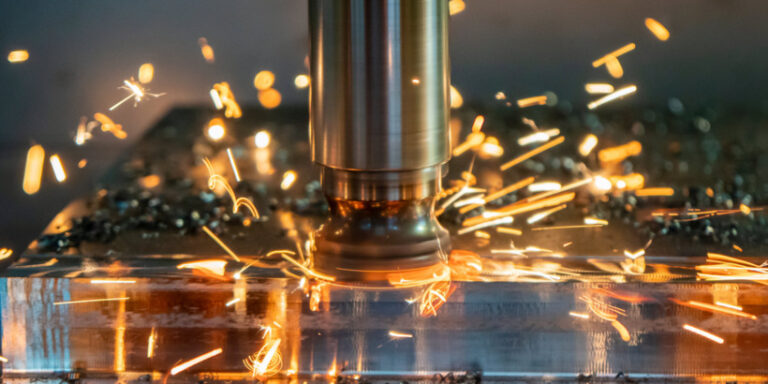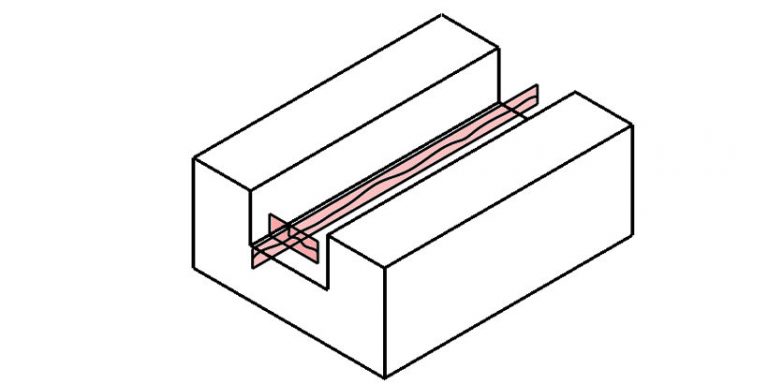The Top 7 Challenges Facing The Manufacturing Industry Today
As someone who has worked in the manufacturing industry for several years, I have seen firsthand the challenges that companies face on a daily basis. From supply chain disruptions to increasing competition from overseas manufacturers, there are numerous obstacles that must be overcome in order to succeed in this fast-paced and constantly evolving industry.
In this article, we will explore the top 7 challenges facing the manufacturing industry today. By discussing these issues in detail and providing actionable solutions, we hope to help businesses of all sizes navigate these difficult times and emerge stronger than ever before.
Whether you’re an executive at a multinational corporation or the owner of a small mom-and-pop shop, understanding these challenges is crucial if you want to stay ahead of the curve and thrive in today’s competitive marketplace.
Complex Supply Chains
Let’s face it, navigating through the complex supply chains of today’s manufacturing industry can feel like trying to find a needle in a haystack. With global trade becoming increasingly intertwined and digital automation revolutionizing production processes, keeping track of all the moving parts is no easy feat.
It seems like every day there’s a new challenge to overcome – from shipping delays caused by natural disasters or political unrest, to data breaches that compromise sensitive information. But despite these obstacles, manufacturers must remain agile and adaptable, constantly searching for ways to streamline their operations while maintaining quality standards and meeting customer demands.
It may be daunting at times, but with perseverance and strategic planning, companies can successfully navigate this ever-changing landscape without sacrificing profitability or efficiency.
Escalating Costs Of Production
Now that we’ve discussed the complexities of supply chains, it’s important to address another major challenge facing the manufacturing industry: escalating costs of production.
In recent years, wages have been on the rise while technological advancements continue to increase expenses for manufacturers. Rising wages mean higher labor costs and benefits packages for employees, making it harder for companies to maintain profitability.
At the same time, new technologies are constantly emerging which can be expensive to implement but often necessary in order to stay competitive. As a result, many manufacturers find themselves caught between these two opposing forces – trying to balance their desire for innovation with the need to keep costs under control.
Ultimately, this requires careful planning and strategic decision-making in order to ensure long-term success in an ever-changing landscape.
Labor Shortages
Imagine a bustling factory with machines whirring and workers zipping around, each one fulfilling their specific role like cogs in a well-oiled machine. But what happens when there aren’t enough people to fill those roles?
Labor shortages are a major challenge facing the manufacturing industry today. With automation rapidly advancing, it’s becoming increasingly difficult to find skilled workers who can operate these complex systems. Additionally, many manufacturers struggle with workforce diversity, as certain demographics are underrepresented in the industry.
However, solutions do exist for overcoming these challenges.
- Implementing robotics and other forms of automation can help alleviate labor shortages by taking over tedious or dangerous tasks.
- Investing in training programs that focus on upskilling current employees or attracting new talent can help bridge skill gaps within the workforce.
- Prioritizing diversity and inclusion efforts can broaden the pool of potential candidates and create a more inclusive work environment.
It’s clear that labor shortages won’t be solved overnight, but through innovative solutions such as automation and prioritizing diversity initiatives, we can begin to overcome this obstacle together.
Growing Demand For Specialized Skills
As we discussed in the previous section, labor shortages have been a major challenge faced by the manufacturing industry today. However, another significant issue is the growing demand for specialized skills. With advanced technologies being introduced into factories and production lines, employers are looking for workers who possess specific technical knowledge and expertise to operate them effectively. This means that traditional roles within manufacturing are evolving, and employees need to be trained on how to use these new technologies.
To emphasize this point further, let’s take a look at a table comparing the required skills of an assembly line worker from 20 years ago versus now:
| Assembly Line Worker (20 Years Ago) | Assembly Line Worker (Now) | |
|---|---|---|
| Skills Required | Basic mechanical aptitude | Advanced technology skills |
| Job Duties | Manual assembly tasks | Operating and maintaining automated equipment |
As you can see, there has been a significant shift towards more technological proficiency when it comes to working in manufacturing. Therefore, employee training needs to reflect this change so that they can carry out their job duties efficiently.
In conclusion, as our world becomes increasingly reliant on technology, it is important for manufacturers to stay ahead of the curve by investing in advanced technologies and providing comprehensive employee training programs that provide workers with necessary technical skills. By doing so, companies will not only meet current challenges but also position themselves for success in the future.
Overwhelming Competition From Overseas Manufacturers
Did you know that the manufacturing industry in China alone accounts for 28% of global manufacturing output?
This overwhelming competition from overseas manufacturers can make it tough for businesses to stay afloat. With global tariffs and trade wars, it’s difficult to keep up with pricing and production costs while still remaining competitive.
However, innovative technologies such as automation and artificial intelligence can help level the playing field by increasing efficiency and reducing labor costs.
It’s important for manufacturers to constantly adapt and find creative solutions in order to remain relevant in the face of international competition.
Changing Customer Preferences
Moving on from the overwhelming competition faced by manufacturers, another challenge that demands attention is changing customer preferences.
With shifting trends and evolving consumer behaviors, it can be tough to keep up with what customers want.
In today’s fast-paced world, consumers expect products that are not only high quality but also affordable, sustainable, and delivered quickly.
Therefore, manufacturers must adapt their strategies to cater to these demands while also ensuring they remain profitable.
They need to focus on innovation and technology to produce goods that meet these standards while keeping costs low.
Additionally, staying in touch with customers’ needs through market research and feedback can help them stay ahead of the game.
Manufacturers who do not pay heed to changing customer preferences risk losing out on business opportunities and may find themselves struggling in an already competitive market.
Environmental Regulations
Did you know that the manufacturing industry is responsible for almost a third of global greenhouse gas emissions?
That’s why environmental regulations have become increasingly important in recent years. The push towards green technology and energy efficiency has been driven by both governmental mandates and consumer demand for eco-friendly products.
Companies are now required to reduce their carbon footprint, limit waste, and adopt sustainable practices. While these regulations can be challenging to implement, they also present an opportunity for manufacturers to innovate and improve their processes.
By investing in new technologies like solar power or using recycled materials, companies can not only meet regulatory requirements but also save on energy costs and appeal to environmentally conscious consumers.
As we move towards a more sustainable future, it’s crucial for manufacturers to prioritize environmental responsibility as one of their top priorities.
Conclusion
In conclusion, as a manufacturing industry professional, I can attest to the fact that we are currently facing some tough challenges.
With complex supply chains and escalating production costs, it’s no wonder many companies are struggling to stay afloat.
And on top of that, we’re also dealing with labor shortages and growing demand for specialized skills.
It sometimes feels like there’s overwhelming competition from overseas manufacturers who can produce goods at lower prices than us.
But despite these difficulties, I believe in our industry’s resilience and ability to adapt.
We must continue innovating and finding ways to improve efficiency while keeping up with changing customer preferences.
Finally, let’s not forget about environmental regulations.
As someone who is passionate about sustainability, I know how crucial it is for our industry to reduce its carbon footprint and minimize waste.
By addressing these challenges head-on and working together towards solutions, we can overcome them and emerge stronger than ever before – just like how a butterfly emerges from its cocoon after overcoming adversity.
